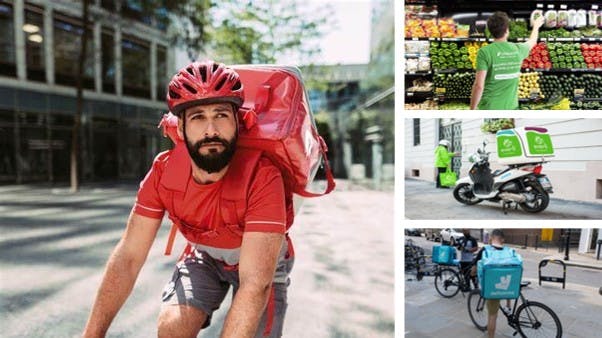Grocery on Demand - Delivering Execution Excellence Through Collaboration
Categories:
Written by:
Colin Peacock
Working Together to Reduce # Items Missing from Orders
In May, the OSA working group turned its attention to the grocery on demand proposition with inputs from academia on the problem of missing items, pick speed & quality, the latest thinking on substitution algorithms and finally insights from one of the leading platforms, Deliveroo.
From the discussion, eleven key questions emerged for retailers to reflect upon.
#1: Strategic Questions
- Is grocery on demand financially viable for us?
- What are the true costs of picking, substitutions, and delivery?
- Are we ok with subsidising online customers at the expense of in-store profitability?
#2: What is the right fulfilment model for our business?
- Should we use in-store picking, dark stores, or automated fulfilment centres?

- How do we balance customer convenience with operational efficiency?
#3: How does Grocery on Demand align with our long-term customer strategy?
- Are we ok with prioritising customer convenience over profitability?
- What is the customer lifetime value of grocery on demand shoppers vs. in-store shoppers?
#4: Operational Questions
- How do we ensure that our inventory records are accurate?
- How can we show to the shopper via the platform only the items ACTUALLY on the shelf
- Can we reliably share and integrate real time stock and availability to the platforms?
- How do we improve store record accuracy and reduce shelf gaps?
#5: How effective are our substitution strategies?
- Are we using AI or customer purchase history to personalise substitutions?
- What is the cost-benefit ratio of substitutions vs. lost sales?

#6: How do we manage picker productivity and learning?
- Are we accounting for short-term learning and forgetting in task allocation?
- Can we optimise picker assignments based on store familiarity and recent experience?
#7: What are our procedures for resolving disputes and missing items?
- Do we audit and spot check the quality of the pick and order accuracy along the journey?
- Do we have a clear chain of custody from picking to delivery?
- Are we using scanning and bag sealing to reduce theft and errors?
- Are we leveraging the data to identify exceptions and following up?
#8; Collaboration & Integration Questions
- Are we effectively collaborating with third-party platforms (e.g., Deliveroo, Instacart)?
- Are we sharing store layouts, inventory data, and substitution preferences?
- Do we have integrated APIs for real-time stock and order updates?
#9: Are the store teams trained and engaged in grocery on demand processes?
- Do our stores understand the importance of scanning, substitutions, and customer satisfaction?
- Are grocery on demand KPIs integrated into our store-level performance metrics?

#10: Technology & Innovation Decisions
- What role can and should technology play in improving our grocery on demand business?
- To what extent should we invest in computer vision, predictive analytics, or LLM-based pick path optimisation?
- How can we use and data to reduce labour costs and improve order fulfilment accuracy?
#11: How do retailers and platforms measure success?
- What are our benchmarks for item fulfilment, substitution acceptance, and customer satisfaction?
- Can / are we tracking the cost per order and profitability by fulfilment method?
Perhaps, and inevitably, the key messages from the meeting were said more succinctly by one of the participating retail leaders, here are their five key takeaways.
- I loved the reality check that "shop customers continue to subsidise online customers", and that's the retailer's choice driven by FOMO?
- The challenges of substitution management was well articulated [by the academics], and remains a big, perhaps the biggest "own goal" / challenge to growing sales and loyalty?
- The cost of OOS in the online ecosystem is much more than we typically think in totality (as customers will dither and browse their substitutions, and retailers perhaps mirror this behaviour and associated costs)?
- The perfect partner (for Deliveroo) is all about retail excellence and technology enablers?
- How to reduce "missing items" is complex with the danger of diminishing returns (due to the cost of most options / potential solutions)?
If you would like to participate in our OSA working group, click here for the landing page of the working group and click here to join the weekly email for the latest updates on ECR meetings, research, innovation challenges and blogs.
May 30, 2025
Main office
ECR Community a.s.b.l
Upcoming Meetings
Join Our Mailing List
Subscribe© 2023 ECR Retails Loss. All Rights Reserved|Privacy Policy
